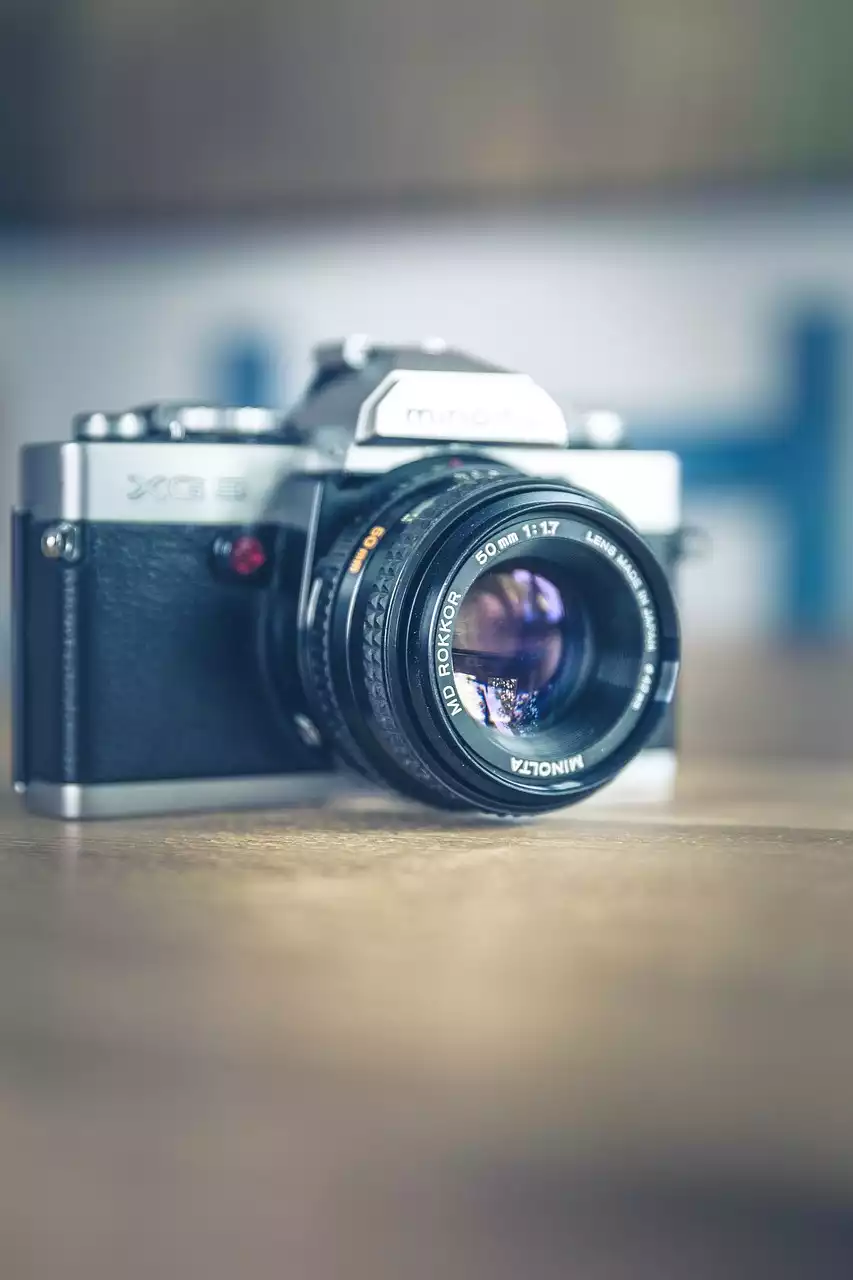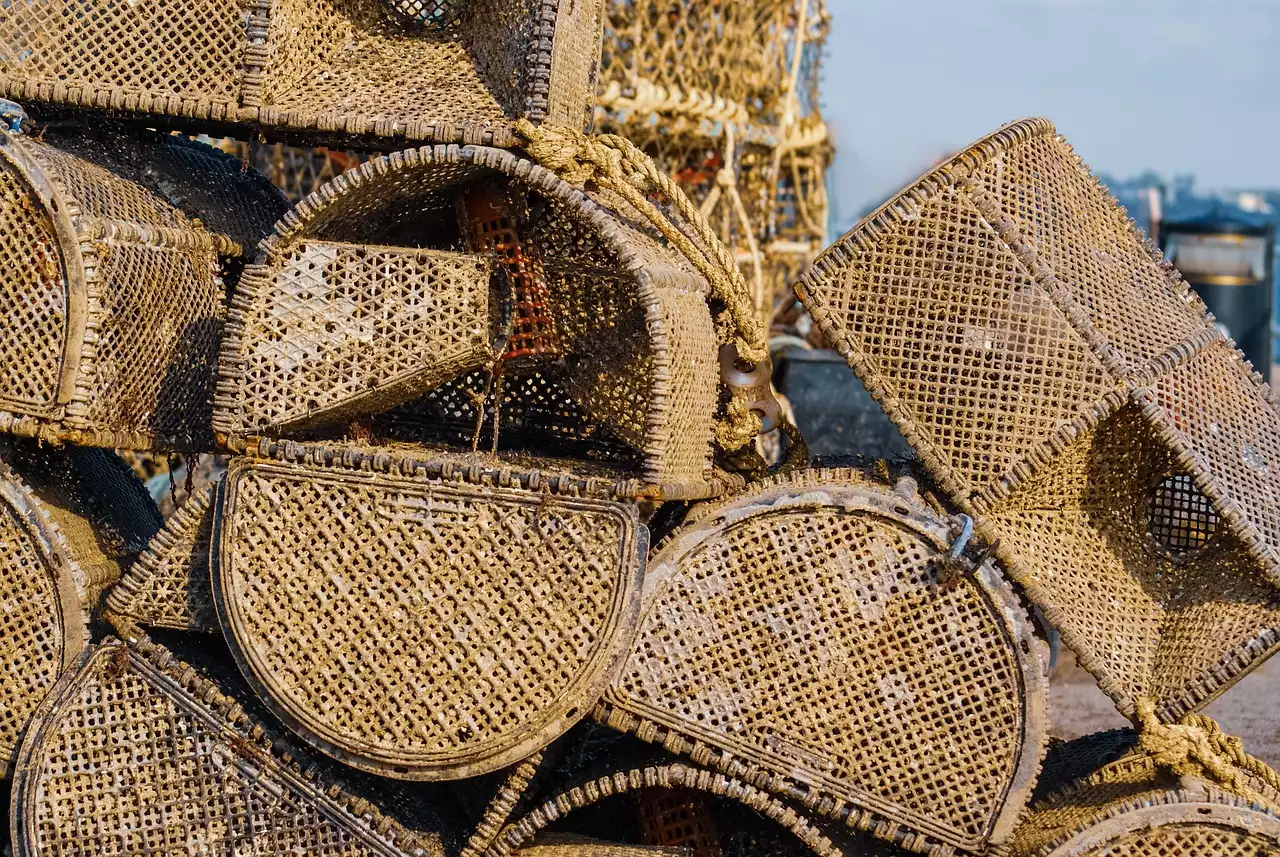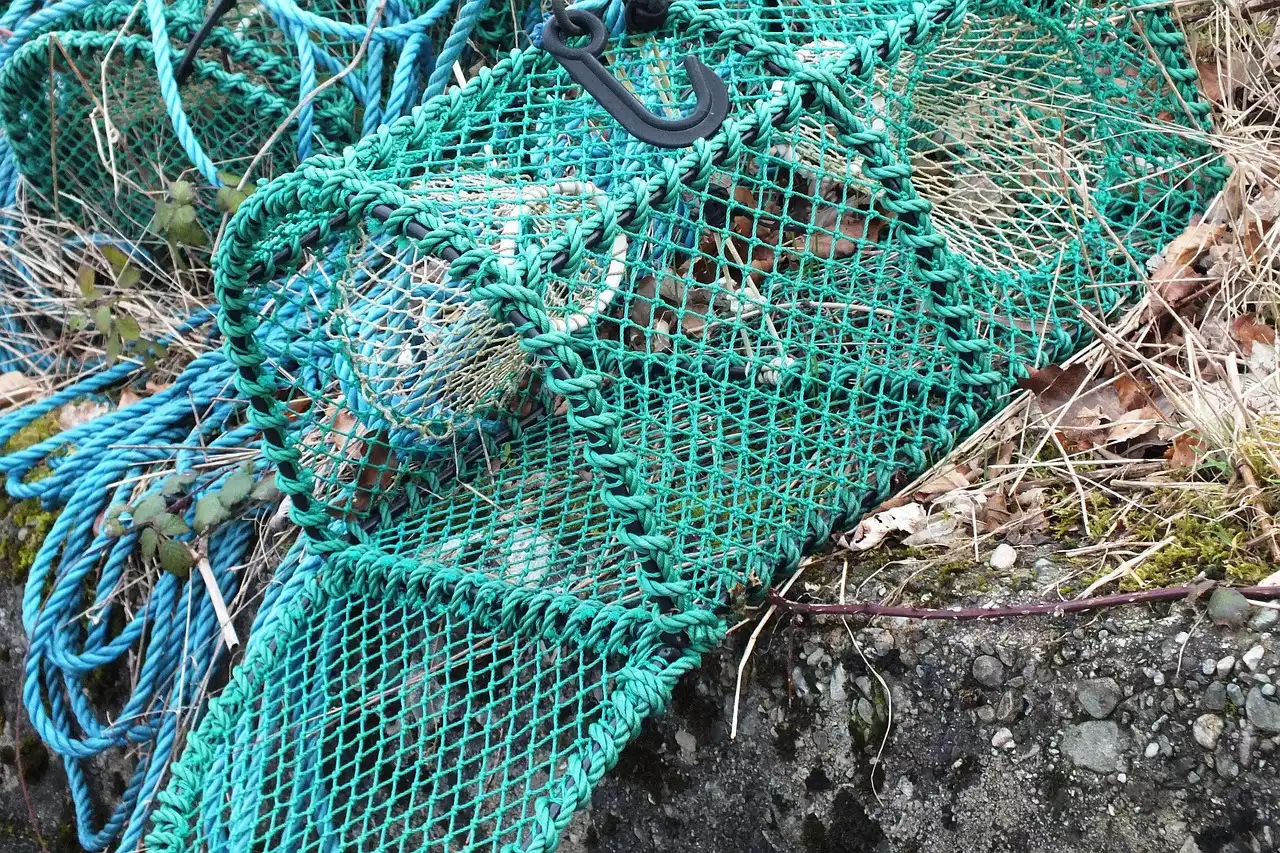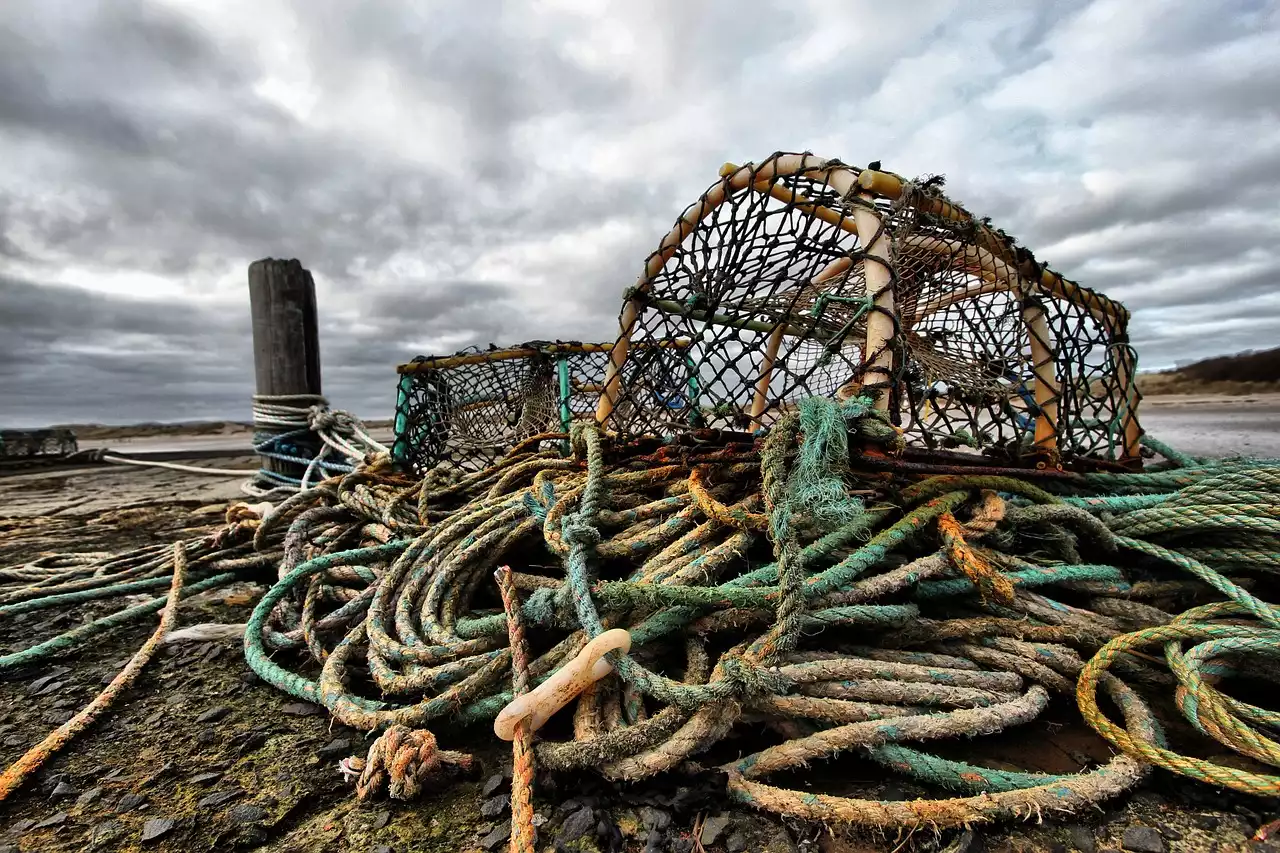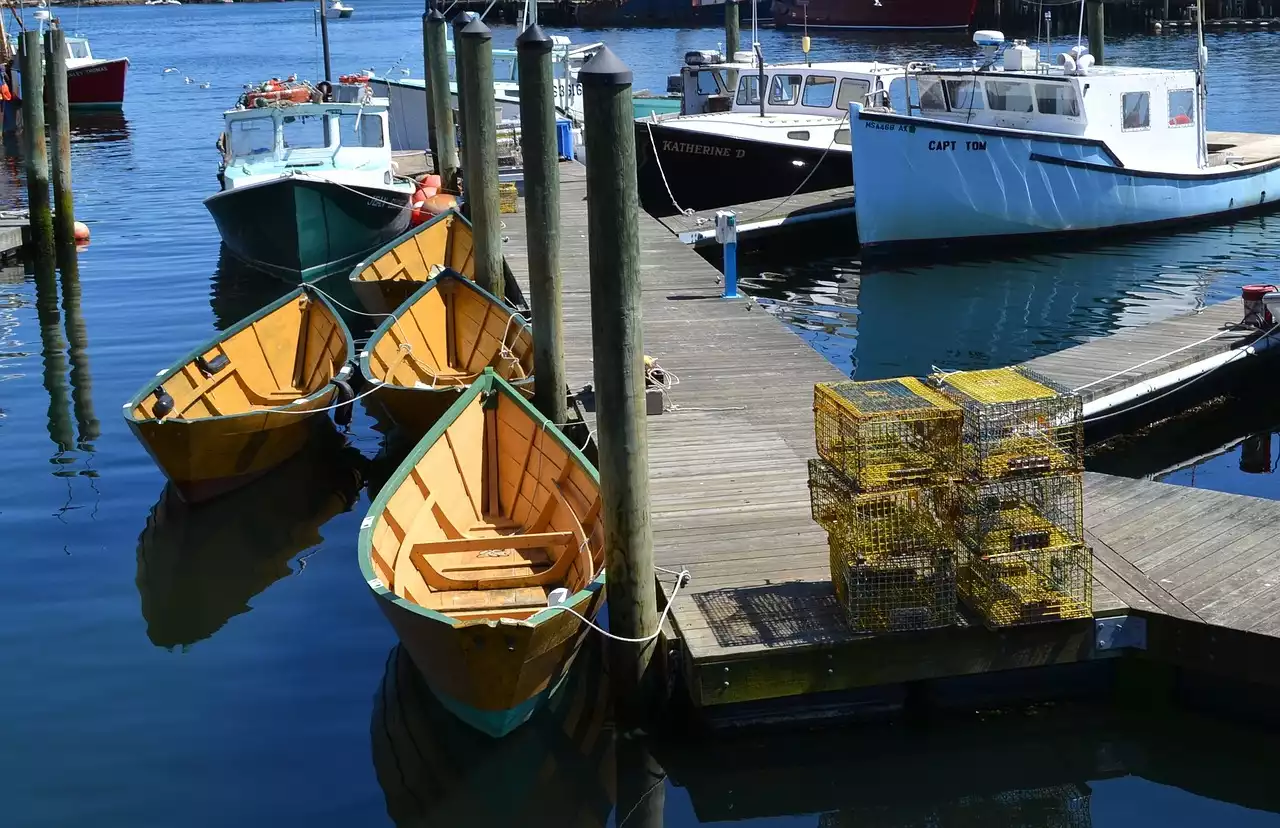Hooks
Hooks are what you use to catch fish in the first place. They come in all different sizes and shapes, and they’re usually made of steel. Beginners often prefer curved or round hooks, as they’re easier to remove from fish when they’re done. Some of the most popular types of hooks are split-shot, long shank, and bait hooks.
- Split-shot hooks - Also called dropper hooks, these hooks are designed to be used with bead chains and other sinkers. You can use them to fish in deep water or to add extra weight to your line when fishing in shallow water. These are an extremely versatile type of hook and are great for beginners.
- Long shank hooks - These are a great option for fishing with worms. Long shank hooks have long, narrow shanks that make them perfect for fishing with soft baits.
- Bait-hooks - Also known as J-hooks, these are excellent for fishing with worms. They have a large, round bend that helps secure the worm in place on the hook.
Reels
A reel is a device you use to store the line. If you buy a monofilament line, it will come on a spool. If you buy a braided line, the spool will be built into the reel. Reels come in many different sizes and designs. - For fishing with bait such as worms or crickets, you’ll want a reel with a relatively small spool. For example, a reel with a capacity of fewer than 10 yards will work well with a 5-6 foot rod. If you’re planning to fish with lures, you’ll want a reel with a larger spool. For example, a reel with a capacity of 15 yards or more will work well with a 6-7 foot rod.
Rods
The rod is used to cast the line. Rods come in a variety of shapes and sizes. For beginners, it’s best to use a rod that’s between 6 and 7 feet in length. Smaller rods can be used for smaller baits, but large baits are best suited for large rods.
- For bait fishing, you’ll want a flexible rod. This is important because you’ll be using lighter lures or bait hooks. A rod that is too stiff could break or snap when using a lighter bait.
- For lure fishing, you’ll want a stiffer rod. This is important because you’ll be using heavier lures or larger baits. A rod that is too flexible could snap when using heavier lures or large baits.
Line
The line is what you use to connect the hook to the reel. There are many different types of lines available. You can also buy a line that is pre-spooled on a reel along with a hook and bobbin of line. - For bait fishing, a monofilament line is the best option. This type of line is relatively inexpensive and does a good job of staying tangle-free.
- Braided line is best for lure fishing. This type of line is less likely to tangle than a monofilament and is much stronger than a monofilament line. The braided line is also very visible in the water, which helps when you’re trying to detect bites.
Bait and netting
You’ll want to bring some bait with you when you go fishing. Bait can include worms, crickets, or other small bugs. For bait, you’ll usually want to bring a small net to help you collect your bait.
- For crickets or other small bugs, it’s best to collect them in a cup or bucket. You can also use a small net to collect them.
- For worms, it’s best to use a net. A cup or bucket can work, but worms can squirm out of these containers. A net will help you keep them contained.
Fishing is an excellent hobby for anyone, and it can be a ton of fun. It’s also a great way to spend time with friends and family. If you’re new to fishing, it’s important to pick the right gear and know what type of fishing you’re doing. It’s also important to remember to stay safe while out on the water. With the right gear, advice, and safety measures, you’ll be well on your way to catching fish. So what are you waiting for? Pick up a rod, reel up some line, and go fishing!
